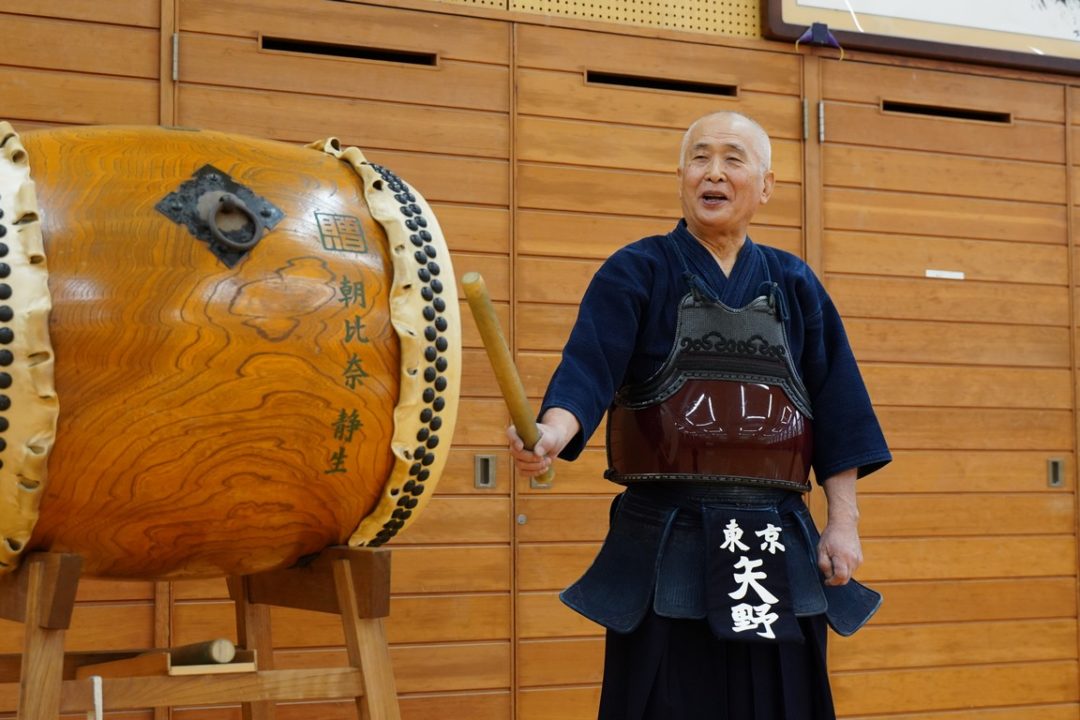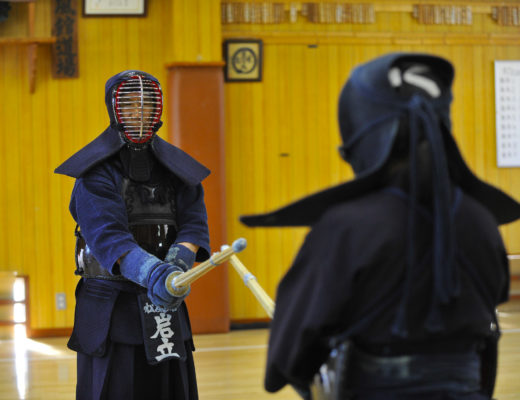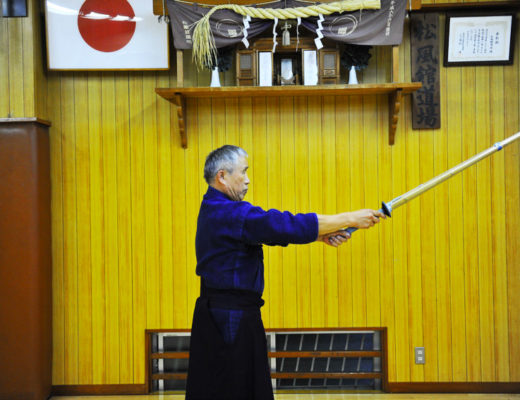2020.8 KENDOJIDAI
Footwork is the core of Kendo. It is said that Kendo is 40% Shinai handling and 60% footwork, or even 30% Shinai handling and 70% footwork. How long will the restraint on Keiko continue? In this situation, let’s commit ourselves to solo footwork practice. Solo footwork Keiko by the top-ranked swordsmen is now available to the public.
Footwork is learned through repetition
“My teacher at Kokushikan University, Ohno Shoichiro, made his students do Keiko on 8 step footwork repeatedly. He has always emphasized the basics and demanded correctness”, says Yano Sensei. With the current refrain from doing Keiko with others, this is the perfect opportunity to review footwork. Yano Sensei, Hanshi 8th Dan , explains how to do this.
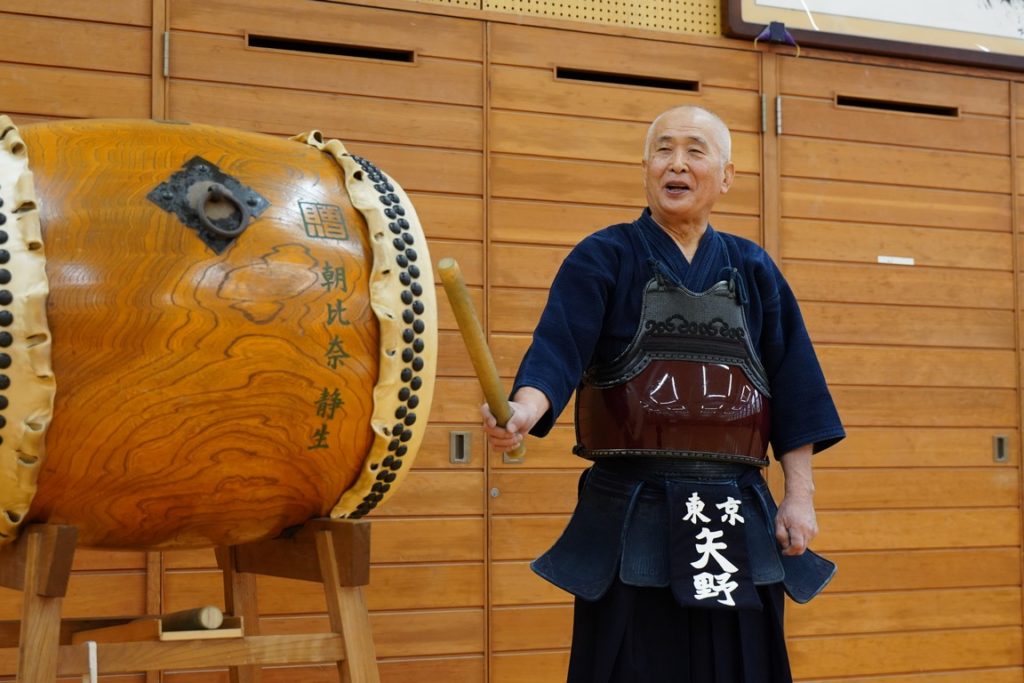
Yano Hiroshi, Hanshi 8th Dan
Born in Shizuoka Prefecture in 1941. After graduating from Sagara High School, he entered Kokushikan University, where he worked as an assistant professor. He became a professor at the university in 1986 and retired in 2011. His achievements include 2nd place in the World Kendo Championships, 3rd place in the Meiji-mura Kendo Tournament, 3rd place in the National Kendo 8th Dan Tournament to commemorate the completion of the Okinawa Prefectural Budokan and 1st place in the National Teachers’ Tournament. He is currently a professor emeritus at Kokushikan University and council member of the All Japan Kendo Federation.
Confirmation of Kamae: Create the optimal tailor fit Kamae
Due to the spread of the new coronavirus, Kendo Keiko has been suspended for a while. I have been practising Kendo for more than 60 years, but this is of course the first time I’ve had this little amount of Keiko. However, the day when I can resume practising Kendo will come for sure. When you start doing Keiko again, don’t be in a hurry, but gradually bring your practice back to normal. The joy of Keiko is irreplaceable, but it would be a waste of time and energy if you get injured by the end of an intense practice.
Now, when I lead basic training, I always tell the students at the beginning of the session to take the best Kamae they can. If your posture is not correct, you cannot perform correct techniques. It is important to always envision your own optimal Kamae in daily Keiko.
Kenjutsu is all about Kata practice. It all started with real swords after which Kata Keiko got implemented. Shinai practice, the prototype of modern Kendo, started with the introduction and development of Shinai and protective gear. Real sword bouts are a matter of life and death, so of course it is impossible to practice them on a daily basis.
That is how Kata practice was born. I think that it is a matter of posture and stance. A correct strike is born from a correct posture and correct Kamae. This is my view of Kendo. I would like to emphasize that the principles of Kikentai-icchi and Shinkiriki-icchi are born from the correct Kamae.
If you are taught only about where to strike before making people aware of the correct Kamae, your Kendo will get disrupted. In Kendo, ‘when to strike’ (opportunity) is more important than ‘where to strike’ (striking target), and in order to catch the opportunity accurately we must swing the Shinai correctly with a correct Kamae which will lead to valid striking.
Therefore, in the textbooks, the guidelines of the Kamae are described as follows: “Take a natural stance with your body and point the Kensaki at the throat of the opponent”, “Straighten your back and relax your shoulders”, “Keep your left fist at the center of your body at all times”, etc. It is important to aim for the perfect Kamae as described in textbooks.
If you don’t have the right Kamae, your Kendo will go in the wrong direction. It is peculiar but valid to say that ‘vices are bred’ this way. First of all, make sure your Kamae is proper during daily practice and then perform your footwork and Suburi.
Create the optimal personal Kamae
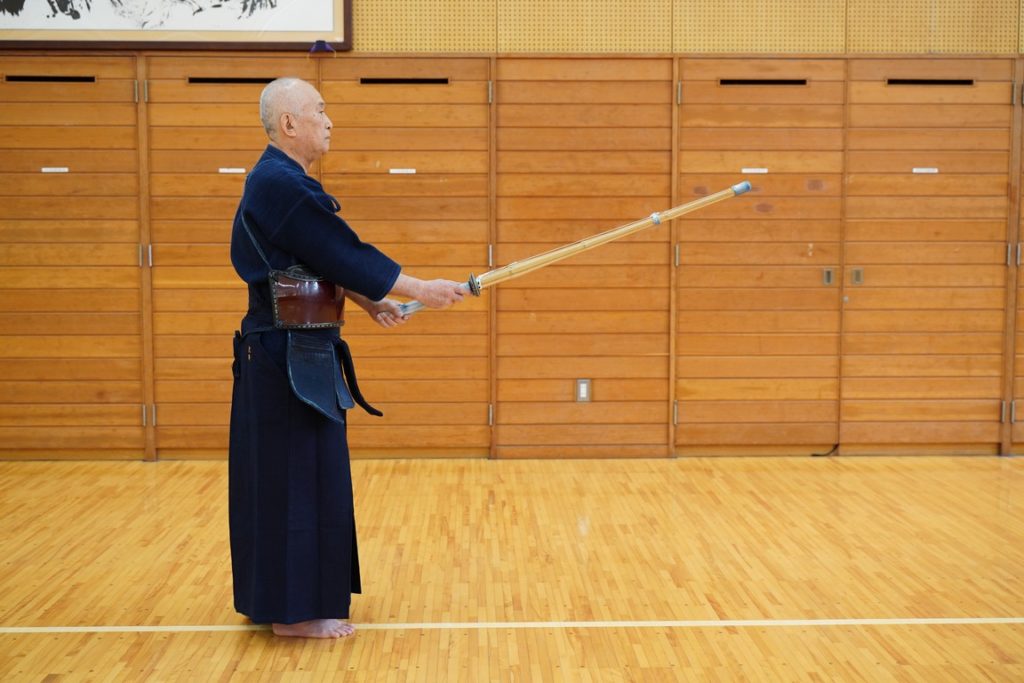
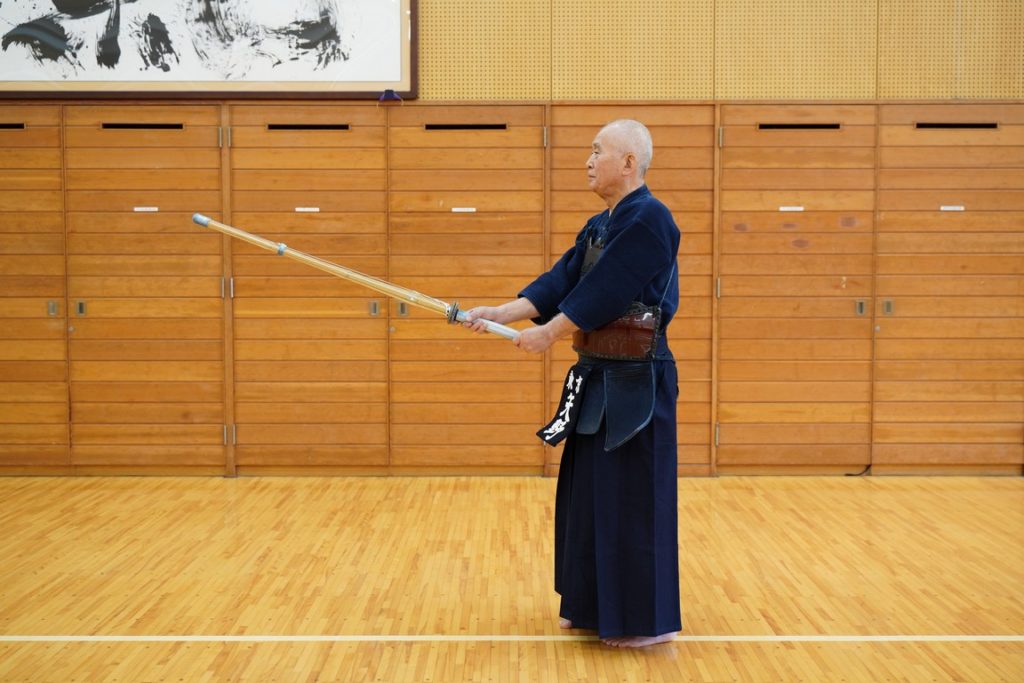
8 step footwork: put the strain on both feet to create stability
The goal of the Kokushikan University Kendo Club is to train people to become Kendo instructors, but we also spend a lot of time on learning the basic movements. When I entered the club in 1955, the number of members was still small, so we spent a lot of time practising footwork, Suburi and Kukan-datotsu (spatial striking).
The rest of this article is only available for Kendo Jidai International subscribers!

